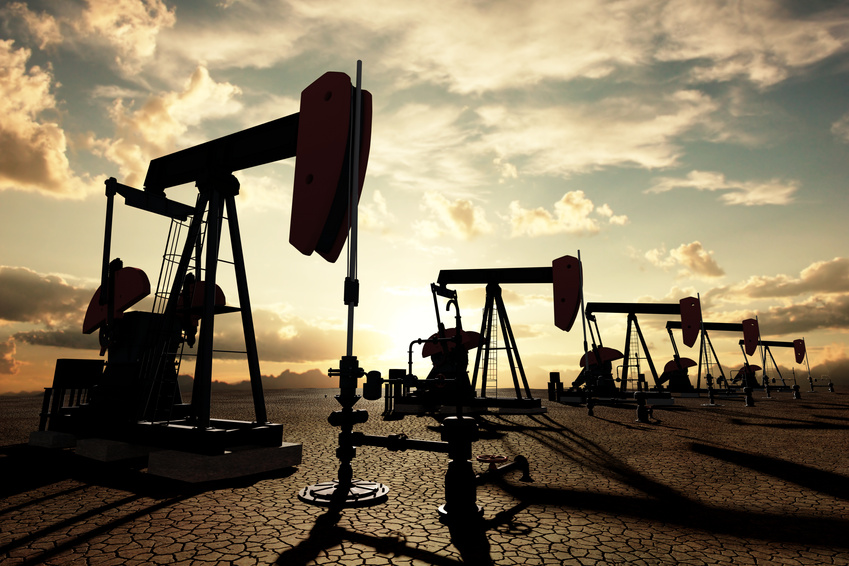
24 Mar The Top Three Myths About Natural Gas Drilling — And the Facts You Need to Know
America is currently in the midst of an energy boom — and natural gas drilling is at its forefront. In fact, by 2035, it’s estimated that shale gas production will skyrocket to 13.6 trillion cubic feet. And it’s something everyone should embrace, as the explosion of natural gas is a trend that will truly benefit every American.
However, with the rise of natural gas has come plenty of false information; and you might be surprised at how prevalent these distorted versions of the truth may be.
To help give you an idea of how beneficial natural gas can truly be to the U.S. economy, to consumers and to the environment, here are the biggest myths that people believe about natural gas production and frac work today — and the true oil drilling facts that lie behind them:
Myth: All of the natural gas’s profits will go to Big Oil corporations.
Fact: This is actually the opposite of true. The primary beneficiaries of frac work and other natural gas drilling rig systems are small- and mid-sized oil and gas companies. There are approximately 20,000 of these small and midsized companies throughout the country, and they employ a median of 15 people each. The natural gas boom is almost exclusively benefiting smaller companies, as they produce as much as 75% of the country’s natural gas.
Myth: Job creation will take place in just a few boom towns.
Fact: Currently, the oil and natural gas industry supports 9.8 million American jobs and makes up a hefty 8% of the economy. It’s easy to believe that frac work will help out the obvious states like Texas and North Dakota, and not many others. However, natural gas has wide-ranging benefits when it comes to job creation; for every oil field job created, about three to four more jobs are created in secondary sectors of the oil industry like education or information services. That’s why states like Florida, New York, Illinois and Ohio are seeing some of the biggest increases in oil and gas-related employment.
Myth: Natural gas is dangerous to people — and harmful to the environment.
Fact: Compared to crude oil and petroleum, natural gas is a hugely beneficial alternative. It burns cleaner than gasoline, with about half of the carbon dioxide emissions, improving air quality and cutting down on global climate change. Another area of concern is whether or not fracking harms the environment, considering that as much as 95% of new wells are hydraulically fractured. However, there have been no documented cases of groundwater contamination due to frac work throughout its 60 years of use.
Have any other questions for us about oil and gas surface production and surface equipment for natural gas? Let us know in the comments below.



Sorry, the comment form is closed at this time.